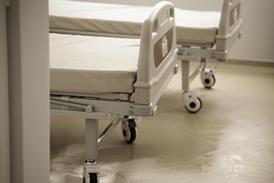It has always been wise to avoid involvement in medical manpower planning.
On 2nd August 1957, Sir Henry Willink, who chaired a committee including eminences such as Lord Cohen and professor of neurosurgery Geoffrey Jefferson, submitted a report the preparation of which cost £592.[i]
Opinion was divided between those who thought that a properly manned (sic) service required more doctors, and those who believed that supply was already outstripping demand.
The committee spent much time on arithmetic and foresaw the need for modest increases both in hospitals and general practice. However, the medical schools were training about 1,825 doctors annually. This seemed too many and a reduction of 10% in numbers as soon as possible was suggested for at least 15 years.
But within four years a shortage of doctors was producing what Lord Taylor described as “a pretty ghastly awful picture”. The ministry increased the intakes several times and in 1964 proposed the first of the new medical schools, in Nottingham.
- For a fuller account of the struggle, see www.nhshistory.net
[i]Report of the committee to consider the future number of medical practitioners and the appropriate intake of medical students. London. HMSO. 1957



























No comments yet